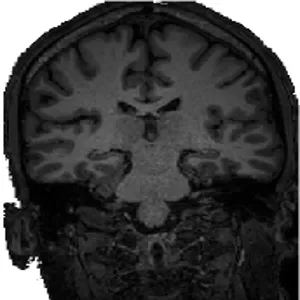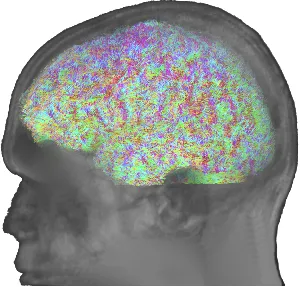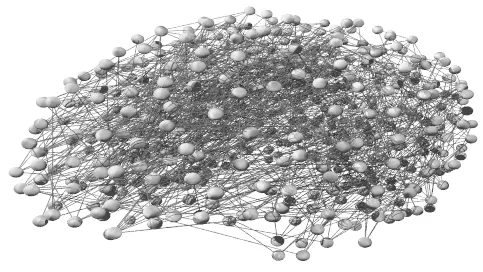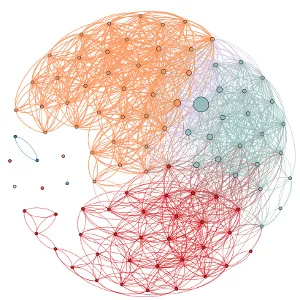Background of medical image analysis
Medical image analysis has quickly grown into a multi-disciplinary research area. Here, basic principles of some of the underlying fields will be introduced. As the field is highly dynamic and constantly changing, so will this summary.

The brain
The brain is one of the most fascinating organs in the human body. It not only enables us to interact with our environment by integrating the information we gain through our senses, but also allows for creativity and the creation of things which have not existed before.
The brain consists of both gray and white matter, as well as so-called cerebrospinal fluid. Multiple studies have investigated characteristics of these different compartments both in the healthy population, as well as in disease and during development. In this section, we will introduce these compartments and their genesis during the early development in humans.

Magnetic resonance imaging
The idea of magnetic resonance imaging (MRI) was first described in 1938 by Rabi and colleagues. The main benefit of MRI over other techniques, such as X-Ray imaging or computer tomography (CT), lies in the fact that MRI is a non-invasive technology that does not use ionising radiation.
First, we will introduce MRI as a typical instrument for clinical assessment of the brain. Subsequently, the physics behind magnetic resonance imaging is discussed (without formulas), which will offer a basic understanding of how MRI is able to create images. Finally, we will talk about the general concept of diffusion MRI, a technique that allows us to observe the movement of water, and which is essential to investigate the structural connectivity of the human brain.

Connectomics
The brain is a complex system in which gray matter regions are interconnected, either functionally or structurally, which is why it can be studied using network theory. Network theory applied to the human brain is called connectomics.
Connectomics research is of great interest to the scientific community, as it allows us to study and understand human cognition, its variation over development and aging, and its alteration in disease or injury. Combined with big data initiatives, such as the (developing) Human Connectome Project, connectomics is rapidly growing with emerging international research initiatives collecting large, high quality brain images with structural, diffusion and functional imaging modalities.

Network theory
In order to fully appreciate the brain as a network, it is important to acquire a basic understanding of the theoretical foundation of network theory.
While there are many facets to network or graph theory, here we discuss basic aspects that are commonly found in connectomics research. This includes general discussion of what a graph is and how it can be represented, graph-theoretical network measures, artificial network models, as well as network topology.